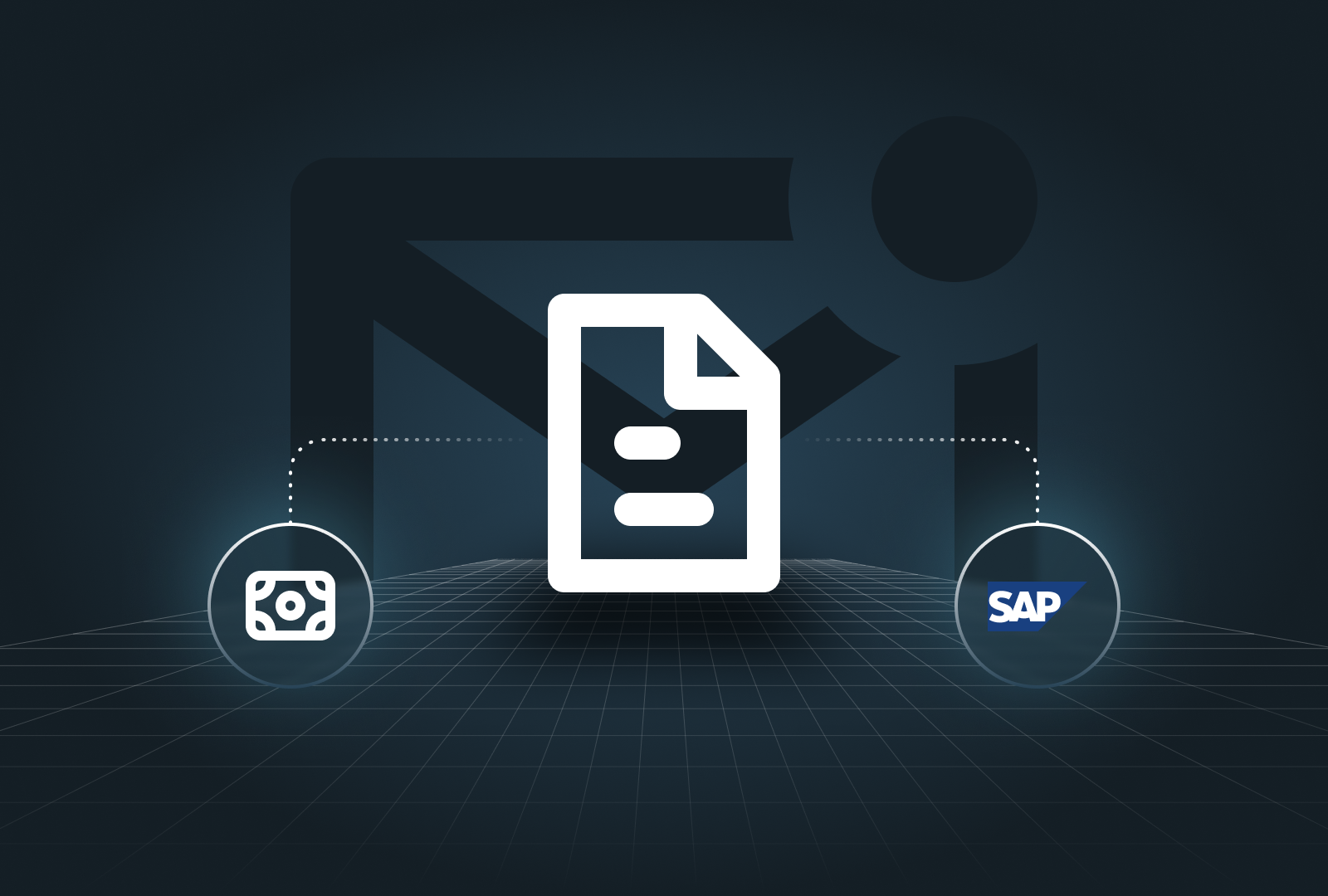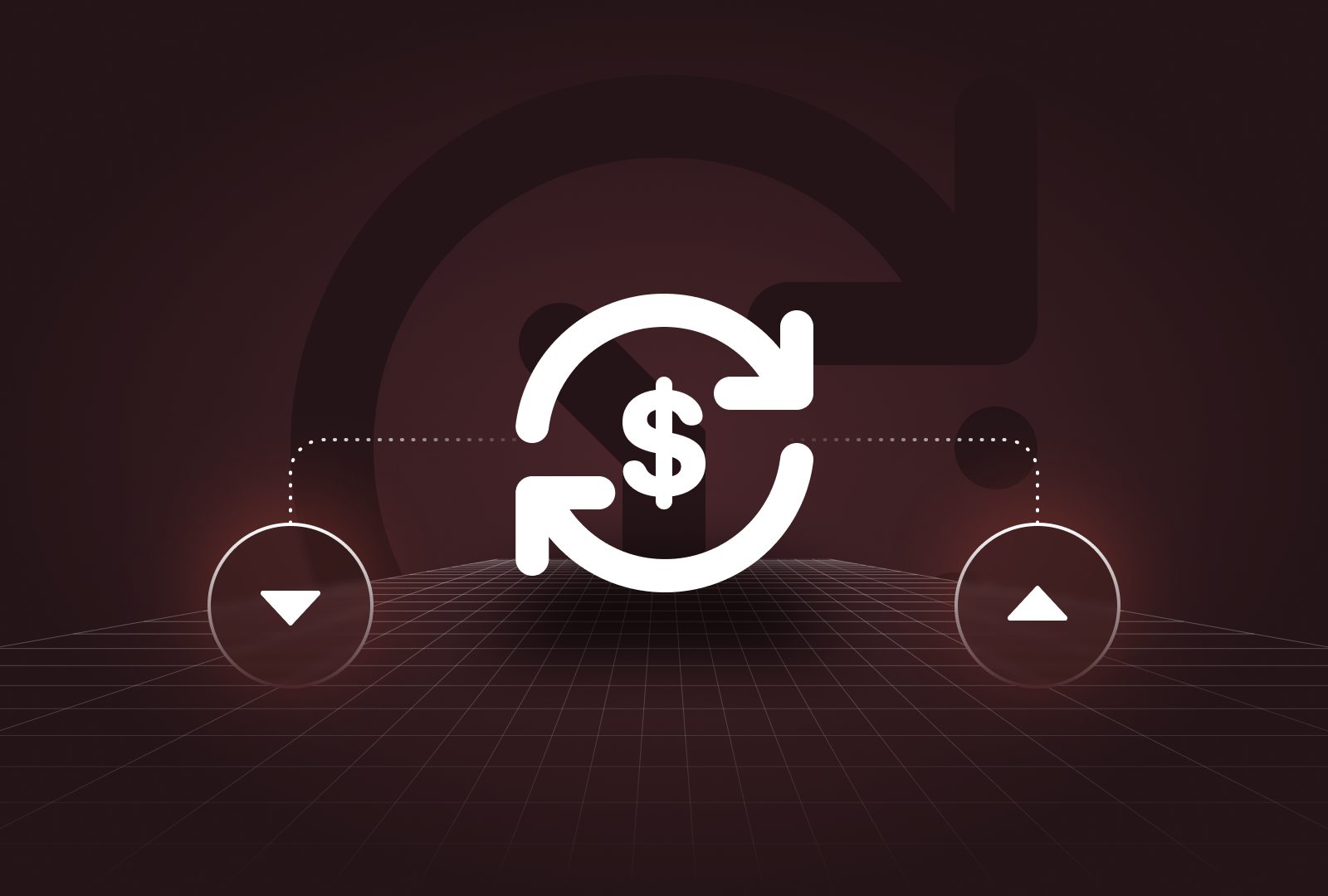In today's business environment, procurement and finance leaders face mounting pressure to enhance operational efficiency while maintaining strict governance and compliance standards. One concept gaining significant traction in this space is "intake-to-procure" (I2P) — a structured approach that's transforming how organizations manage purchase requests from inception to execution.
Intake management has surged to the Peak of Inflated Expectations in the past year, serving as a unified front door for sourcing, purchasing, and risk reviews — a significant evolution from its earlier position as merely a tactical layer (Gartner, 2025).
Understanding Intake-to-Procure
Intake-to-procure is a structured process that guides purchase and supplier requests from initial intake to approval and purchase order creation. Unlike traditional source-to-pay or procure-to-pay processes that often begin after a need has been identified and approved, I2P captures the critical upstream activities where business needs are first articulated.
According to research from Ardent Partners (2025), organizations implementing modern intake-to-procure processes can significantly reduce procurement cycle times and manual workloads. This represents a substantial opportunity for organizations still relying on fragmented, manual approaches to procurement intake.
The fundamental difference between I2P and traditional procurement approaches lies in its focus on the earliest stages of the procurement lifecycle. While procure-to-pay typically begins with a purchase requisition, intake-to-procure starts earlier — at the moment a stakeholder identifies a need and submits a request.
The Core Workflow Stages
A comprehensive intake-to-procure process typically includes five essential stages, as identified by procurement research firm Ardent Partners in their "Procurement Metrics that Matter in 2025" report:
- Request Intake: Centralized collection of purchase requests through standardized forms
- Validation & Requirements Review: Assessment of business requirements and budget availability
- Approval Routing: Dynamic routing of requests through appropriate approval chains
- Supplier Selection & Validation: Confirmation of supplier choice or initiation of sourcing activities
- Purchase Order Creation: Conversion of approved requests into formal purchase orders
This structured approach addresses a common pain point in procurement: lengthy approval cycles and fragmented processes that delay business initiatives and create compliance risks.
Key Benefits for Enterprise Organizations
The implementation of a robust intake-to-procure system delivers multiple strategic advantages for enterprise organizations:
1. Enhanced Visibility and Control
According to KPMG (2025), finance departments implementing comprehensive intake-to-procure solutions experience better visibility for spend management and significantly reduced payment errors. This improved transparency enables proactive budget management and more accurate financial forecasting.
2. Accelerated Procurement Cycles
Research from Deloitte's retail trends report indicates that organizations leveraging automation in their intake-to-procure workflows report significant time savings. Companies implementing automation solutions report a 25% increase in overall efficiency and a 60% reduction in manual processes (Focal Point, 2025).
3. Improved Compliance and Risk Management
By standardizing the intake process, organizations can reduce unauthorized purchases and ensure proper governance. McKinsey & Company (2025) notes that structured I2P processes significantly enhance compliance and risk management by applying specific controls based on purchase type, value, or category.
4. Increased Spend Under Management
Perhaps most compelling, Ardent Partners' research (2025) indicates that maverick spending can cost companies about 10-20% of their savings potential. A well-implemented intake-to-procure system can significantly reduce this leakage by bringing more spend under management.
Practical Workflow Examples
To illustrate how intake-to-procure functions in real-world scenarios, let's examine two common use cases:
Example 1: Marketing Services Procurement
Scenario: A marketing director needs to engage an agency for an upcoming campaign.
Workflow:
- The marketing director submits a request through a centralized portal, specifying project scope, timeline, and budget.
- The system automatically routes the request to finance for budget validation.
- Once budget is confirmed, procurement reviews the request to determine if existing suppliers can fulfill the need.
- Legal is automatically looped in to review contract terms if a new supplier is required.
- Following all approvals, the system generates a purchase order and initiates the supplier onboarding process if necessary.
This streamlined approach eliminates the common challenge of lengthy approval chains that delay critical business initiatives, as identified in Accenture's 2025 procurement efficiency research.
Example 2: IT Software Acquisition
Scenario: An IT manager needs to purchase new software licenses.
Workflow:
- The IT manager completes a standardized software request form, including technical requirements, user count, and integration needs.
- The system automatically checks for duplicate software already in use across the organization.
- IT security reviews the request for compliance with data protection standards.
- Finance and procurement approve based on pre-established thresholds.
- The approved request converts to a purchase order, with license details automatically recorded in the IT asset management system.
This workflow addresses the finding by Forrester Research (2025) that organizations with automated procurement intake processes can significantly reduce processing time and improve operational outcomes.
Key Takeaways
As procurement and finance functions continue to evolve, intake-to-procure represents a critical opportunity for enterprise organizations to achieve greater efficiency, compliance, and strategic value:
- I2P provides a structured "front door" for all procurement activities, capturing previously unmanaged spend
- According to Gartner (2025), 50% of large global companies will implement AI, advanced analytics, and IoT in their supply chains by 2025
- Organizations implementing I2P solutions report significant reductions in maverick spending (Ardent Partners, 2025)
- By 2025, AI spending in procurement is expected to grow by 446% as organizations seek to optimize their intake-to-procure processes (Focal Point, 2025)
The shift toward intake-to-procure aligns with broader trends in procurement transformation, where Gartner notes that procurement orchestration has evolved from an embryonic category to a transformational platform-level strategy (Gartner, 2025).
Discover how Payflows' AI-native, modular enterprise finance platform powers the full intake-to-pay journey, helping finance, operations, and business teams collaborate alongside AI to streamline financial processes, accelerate decisions, and generate accurate entries at scale.





.png)
.png)





.png)



